
Refractive Errors
Refractive errors are problems with vision caused the shape of the eye itself or the shape of the cornea. Usually manifesting themselves as blurred vision, eye strain, or headache, common refractive errors include myopia, also known as nearsightedness, hyperopia, also known as farsightedness, presbyopia, the middle-age onset variety of farsightedness that occurs when the eyes cannot focus on up-close objects, and astigmatism, problems caused by the cornea. Usually the answer for refractive errors isn't painful or expensive. If you have a refractive error, you probably need glasses or contact lenses. For some people, laser eye surgery is also an alternative.
- Important notification about information and brand names used in this slideshow!
- Photo courtesy of Andy Simmons by Flickr : www.flickr.com/photos/andysimmons/4637885512/
- www.cdc.gov/visionhealth/basic_information/eye_disorders.htm
- http://www.webmd.com/eye-health/common-eye-problems
- http://www.ottawahospital.on.ca/wps/portal/Base/TheHospital/ClinicalServices/DeptPgrmCS/Programs/EyeInstitute/EyeDiseases
- http://www.medicinenet.com/eye_diseases_pictures_slideshow/article.htm
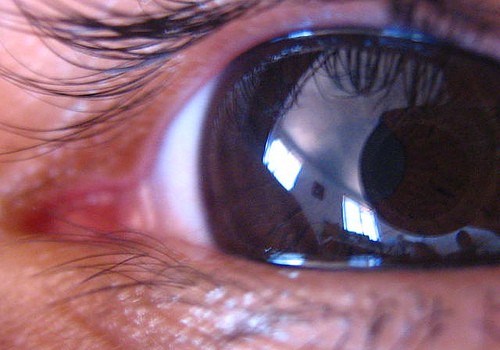
Glaucoma
Glaucoma is a condition of excessive pressure inside the eye, which can come on acutely, causing acute glaucoma, but more often developes over a period of years, causing chronic, open-angle glaucoma. This disease is an insidious thief of sight, typically causing no symptoms until the disease is advanced and hard to treat. In the USA, between 4 and 10% of the population has increased intraocular pressure (IOP) with no signs of the disease. Only 5 to 10% of those few will go on to develop the disease, but over 1.5 million will lose much of their sight and 100,000 to 200,000 will go completely blind. After 40, annual eye exams are essential.
- Important notification about information and brand names used in this slideshow!
- Photo courtesy of Bernardo Chaves by Flickr : www.flickr.com/photos/bernardo_chaves/504996756/
- Bathija R, Gupta N, Zangwill L, Weinreb RN. Changing definition of glaucoma. J Glaucoma. Jun 1998. 7(3):165-9.
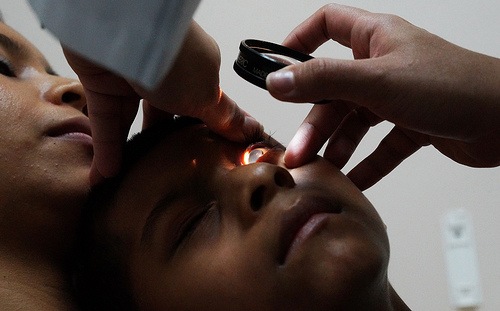
Cataract
A cataract is a progressive thickening of the lens of the eye that gradually interferes with sight. Nearly everyone who develops cataracts has problems with glare. Some people also become progressively more nearsighted, and a few develop double vision that cannot be corrected with eyeglasses or contact lenses. A few herbal preparations, such as the Japanese herbal preparation hochu-ekki-to, which is taken by mouth, or the nutritional supplement acetylcarnosine, which is used as eye drops, slow down the progress of cataracts or even slowly reverse them, but usual treatment is removal of the damaged lens and replacement with an artificial lens. Many people see normaly just a few weeks after their cataract surgery.
- Important notification about information and brand names used in this slideshow!
- Photo courtesy of ORBIS UK by Flickr : www.flickr.com/photos/orbis_emea/9627068649
- Lundström M, Barry P, Henry Y, et al. Visual outcome of cataract surgery
- study from the European Registry of Quality Outcomes for Cataract and Refractive Surgery. J Cataract Refract Surg. May 2013. 39(5):673-9.
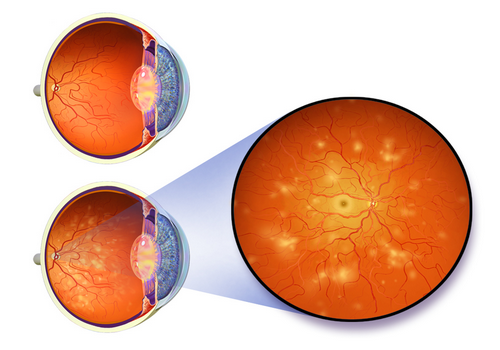
Diabetic Retinopathy
Many people, in fact, up to 80% of people who have had diabetes for 10 years or more develop a condition known as diabetic retinopathy, in which blood vessels in the back of the eye develop twists and turns and blockages. These abnormal blood vessels may not cause loss of vision for a very long time, but if they eventually burst, or cause a condition of swelling in the center of the eye known as macular edema, blindness may occur quickly. Nothing does more to prevent the progression of or even reverse the disease than careful attention to maintaining healthy blood sugar levels. Surgery for the condition restores sight but not without undesirable effects.
- Important notification about information and brand names used in this slideshow!
- Photo courtesy of BruceBlaus by Wikimedia Commons : en.wikipedia.org/wiki/File:Blausen_0312_DiabeticRetinopathy.png
- Kertes PJ, Johnson TM, ed. (2007). Evidence Based Eye Care. Philadelphia, PA: Lippincott Williams & Wilkins.
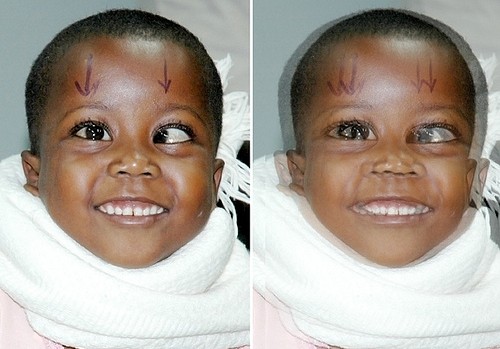
Strabismus
Strabismus is a misalignment of the eyes such that they are not simultaenously directed at the same object. People who have strabismus may see a single blurred image, or a clear image and a blurred image, or two blurred images simultaneously. Over a period time, strabismus results in a permanent condition of double vision known as amblyopia. When the condition is first recognized, usually an eye patch is used to block one of the competing images. Children sometimes outgrow strabismus about the age of 10, but in adults the condition has to be corrected by surgery that weakens the muscle that pulls the eye inward.
- Important notification about information and brand names used in this slideshow!
- Photo courtesy of ORBIS UK by Flickr : www.flickr.com/photos/orbis_emea/8009090599/
- Rutstein RP. Update on accommodative esotropia. Optometry. Aug 2008. 79(8):422-31.
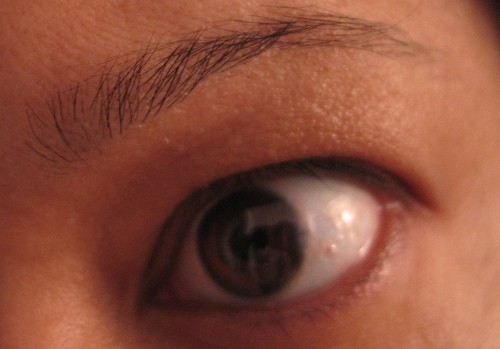
Dry Eyes
Dry eye is a surprisingly common and surprisingly painful condition. When the eye does not produce enough tears, or the tears don't contain the necessary proteins that enable them to "stick" to the eye, Dry eye syndrome is worse when the air is dry, during the summer, or in desert conditions. There are innumerable causes of the condition ranging from genetics to medication, but the treatment (other than discontinuing medications that cause the problem) typically involves use of artificial tears, eye protection to keep the eyes from drying out such as moisture chamber eyeglasses, and over the counter products such as gels and ointments. Treating dry eyes is essential for preventing infections and ulcers of the cornea.
- Important notification about information and brand names used in this slideshow!
- Photo courtesy of Luz by Flickr : www.flickr.com/photos/nieve44/525817053/
- The definition and classification of dry eye disease: report of the Definition and Classification Subcommittee of the International Dry Eye WorkShop (2007). Ocul Surf. Apr 2007.5(2):75-92.
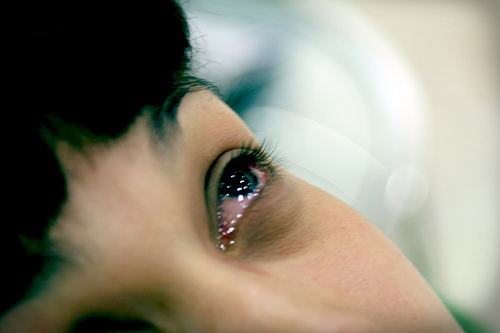
Conjunctivitis
Conjunctivitis is a condition of inflammation of the membrane lining the eyelids, the conjunctiva. The condition is also commonly known as pinkeye. Conjunctivitis is a common disease, especially in children. Most often caused by allergies or infection, this condition may just cause a feeling of grittiness in the eyes, or excessive tear production. It can also cause swollen eyelids, itching, burning, mucus discharge from the eyes, sensitivity to light, and/or pink coloration of the "whites" of the eyes. Cool compresses and artificial tears may relieve discomfort, but do not do anything to treat infection. Contact lens wearers may need to use eyeglasses untl the condition runs its course. Be careful not to touch your eyes with your hands, and don't share or reuse washcloths that have come in contact with your eyes to avoid reinfecting your own eyes and spreading the infection.
- Important notification about information and brand names used in this slideshow!
- Photo courtesy of Allison Smith by Flickr : www.flickr.com/photos/polygrams/232755351/
- Centers for Disease Control. Conjunctivitis. cdc.com. Accessed 13 November 2013.

Retinal Detachment
A retinal detachment, which is the separation of the central layers of the retina from the choroid tissue behind them, is an especially time-critical medical emergency. Symptoms of photopsia (flashing lights), floaters, and blurred vision are a sign that an immediate trip to the ER is a must. It is important to avoid any kind of additional contact with or pressure on the eye before treatment, and people who have these symptoms should avoid eating and drinking in anticipation of needing immediate surgery. The actual operation for repairing a detached retina is straightforward and usually does not require a hospital stay, but vision can often be saved.
- Important notification about information and brand names used in this slideshow!
- Photo courtesy of Jukka Kemppinen by Flickr : www.flickr.com/photos/49734369@N00/3738161752/
- Haimann MH, Burton TC, Brown CK. Epidemiology of retinal detachment. Arch Ophthalmol. Feb 1982.100(2):289-92.

Corneal Diseases
Infections, injury, and deterioriation of the cornea, the outermost protective layer of tough tissue over the lens of the eye, constitute "corneal diseases." These conditions have many different causes, but they all cause pain, blurred vision, sensitivity to light, excessive tear production, and redness of the eye. The most common corneal disease is keratitis, which is caused by scratches to the eye or improperly fitted contact lenses. Infectious microorganisms enter tiny openings in the cornea and cause irritation, inflammation, and ulceration. Herpes infections of the eye are also a common complication of keratitis.Sometimes the cornea thins naturally as the eye matures in a corneal disease called keratoconus. When this happens, surgical treatment is usually eventually needed.
- Important notification about information and brand names used in this slideshow!
- Photo courtesy of ORBIS UK by Flickr : www.flickr.com/photos/orbis_emea/9630303184/
- Rabinowitz YS. Keratoconus. Surv Ophthalmol. Jan-Feb 1998. 42(4):297-319.
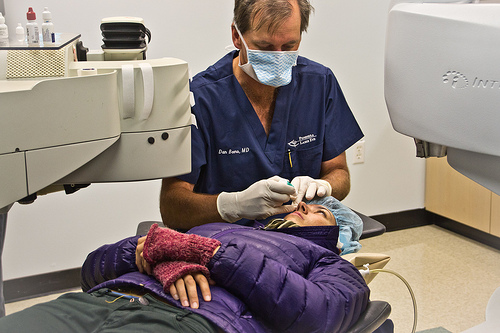
Optic Neuropathy
Optic neuropathy is a condition of deterioration of the optic nerve usually caused by toxins or nutritional deficiencies. Usually there is no complete loss of vision, but rather a slow "washing out" of color perception. Many times, people who develop optic neuropathy develop the condition in only one eye, and are not aware of it until they have an eye exam and the doctor asks them to cover one eye. The natural approach to supporting recovery from this condition is to stop habits that are contribute to toxicity, such as smoking and excessive consujption of alcohol, and making sure the diet or supplements supply adequate B vitamins.
- Important notification about information and brand names used in this slideshow!
- Photo courtesy of Peretz Partensky by Flickr : www.flickr.com/photos/ifl/6327624624/
- Orssaud C, Roche O, Dufier JL. Nutritional optic neuropathies. J Neurol Sci. Nov 15 2007.262(1-2):158-64


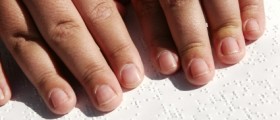

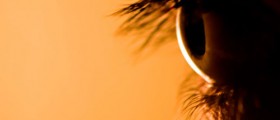
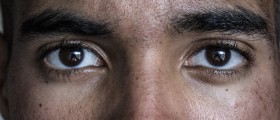
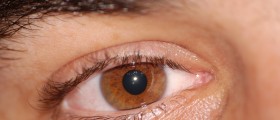

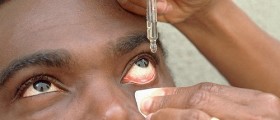
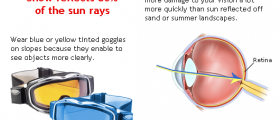
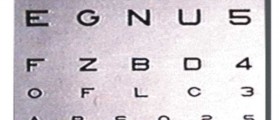
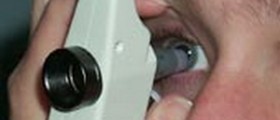






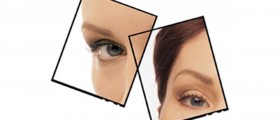
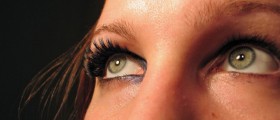

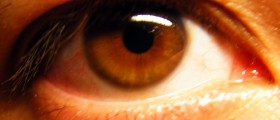



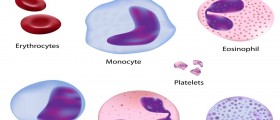

Your thoughts on this
Loading...